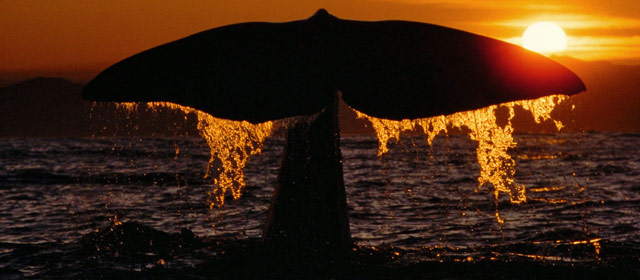Story summary
What is a whale?
Whales, dolphins and porpoises are all mammals that belong to a group called cetaceans. Thirty-eight different kinds of cetacean live in the oceans around New Zealand.
All whales are long and have powerful tails that move them along in the water. They have a thick layer of fat under their skin called blubber, which stores energy and keeps them warm. Most whales live for at least 30 years, and some live to the age of 80.
Two kinds of whale
There are two main groups of whale: baleen whales and toothed whales.
Baleen whales:
- have stiff plates in their mouths, with bristles around the edges. These are called baleen. The baleen sieves the water to trap the tiny krill that the whale eats.
- breathe through two blowholes.
In New Zealand oceans, whales belonging to the baleen group are: blue whales, fin whales, southern right whales, humpback whales, sei whales and Bryde’s whales.
Toothed whales:
- have teeth, rather than baleen
- breathe through one blowhole
- find their prey by sending sounds through the water that bounce back when they hit an object. This is called echolocation. Whales can tell where objects are by the echo that bounces back.
In New Zealand oceans, whales belonging to the toothed group are sperm whales and beaked whales.
Blue whales: biggest and loudest
Blue whales are the biggest animals that have ever lived. Adult blue whales are around 24 metres long – about as long as three buses – and weigh around 120 tonnes. The heart weighs 2 tonnes. These whales also have the loudest voice underwater. The sounds they make can travel hundreds of kilometres.
Sperm whales: the most watched
Just off the South Island at Kaikōura there is a water canyon 1,000 metres deep. Here, sperm whales dive to catch giant squid and fish. About 80 male whales stay there and look for food. Whale-watching tours take people out to see the whales as they come up from the deep water to breathe and then raise their tails and dive again.





